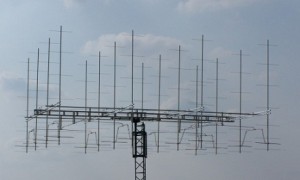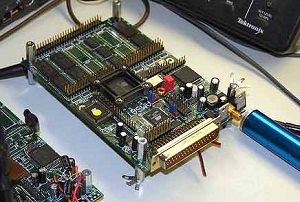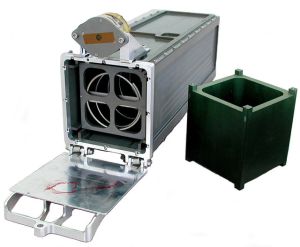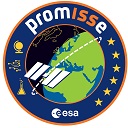 Please remember that the 20 meter EME net meets on saturday and sunday on 14.345 Mhz at 1500 UTC during the winter in the northern hemisphere. I start with the antenna on europe.
Please remember that the 20 meter EME net meets on saturday and sunday on 14.345 Mhz at 1500 UTC during the winter in the northern hemisphere. I start with the antenna on europe.
We need the participation of all possible members of the EME gang to exchange ideas.
Among us we have a vast wealth of knowledge. Individually we are limited.
Please join us on saturday and sunday and share some of your brilliant ideas with those of us who have struggled to become or are learning to become proficient at our passion.
The newcomer may be surprized at what he may have to share and the old timers already know the vast amount of experience they have.
Please! Let’s share that knowledge with each other.
Steve Gross N4PZ

 AMSAT-NA VP Operations Drew Glasbrenner KO4MA reports on Friday’s IHU crash on the Amateur Radio satellite AO-51. Sometime between 1815 and 1945Z November 25, AO-51′s IHU crashed. This happened after a few days of intermittent and unpredictable operation.
AMSAT-NA VP Operations Drew Glasbrenner KO4MA reports on Friday’s IHU crash on the Amateur Radio satellite AO-51. Sometime between 1815 and 1945Z November 25, AO-51′s IHU crashed. This happened after a few days of intermittent and unpredictable operation. AMSAT submitted a proposal to NASA for their CubeSat Launch Initiative, also known as the ‘Educational Launch of NanoSat’ (
AMSAT submitted a proposal to NASA for their CubeSat Launch Initiative, also known as the ‘Educational Launch of NanoSat’ ( Hot off the press – Lecture Cubesats Veron Breda (R07)
Hot off the press – Lecture Cubesats Veron Breda (R07) universities worldwide to perform space science and exploration. Since CubeSats are all 10×10 cm (regardless of length) they can all be launched and deployed using a common deployment system. CubeSats are typically launched and deployed from a mechanism called a Poly-PicoSatellite Orbital Deployer (P-POD), also developed and built by Cal Poly. P-PODs are mounted to a launch vehicle and carry CubeSats into orbit and deploy them once the proper signal is received from the launch vehicle. P-PODs have deployed over 90% of all CubeSats launched to date (including un-successful launches), and 100% of all CubeSats launched since 2006.
universities worldwide to perform space science and exploration. Since CubeSats are all 10×10 cm (regardless of length) they can all be launched and deployed using a common deployment system. CubeSats are typically launched and deployed from a mechanism called a Poly-PicoSatellite Orbital Deployer (P-POD), also developed and built by Cal Poly. P-PODs are mounted to a launch vehicle and carry CubeSats into orbit and deploy them once the proper signal is received from the launch vehicle. P-PODs have deployed over 90% of all CubeSats launched to date (including un-successful launches), and 100% of all CubeSats launched since 2006.
 2nd.spaceflight Dec 21st 2011, 13:06 GMT, Soyuz TMA-3M. ISS expedition 30, ESA’s PromISSe mission. Till May 16th 2012.
2nd.spaceflight Dec 21st 2011, 13:06 GMT, Soyuz TMA-3M. ISS expedition 30, ESA’s PromISSe mission. Till May 16th 2012. Blog address:
Blog address: